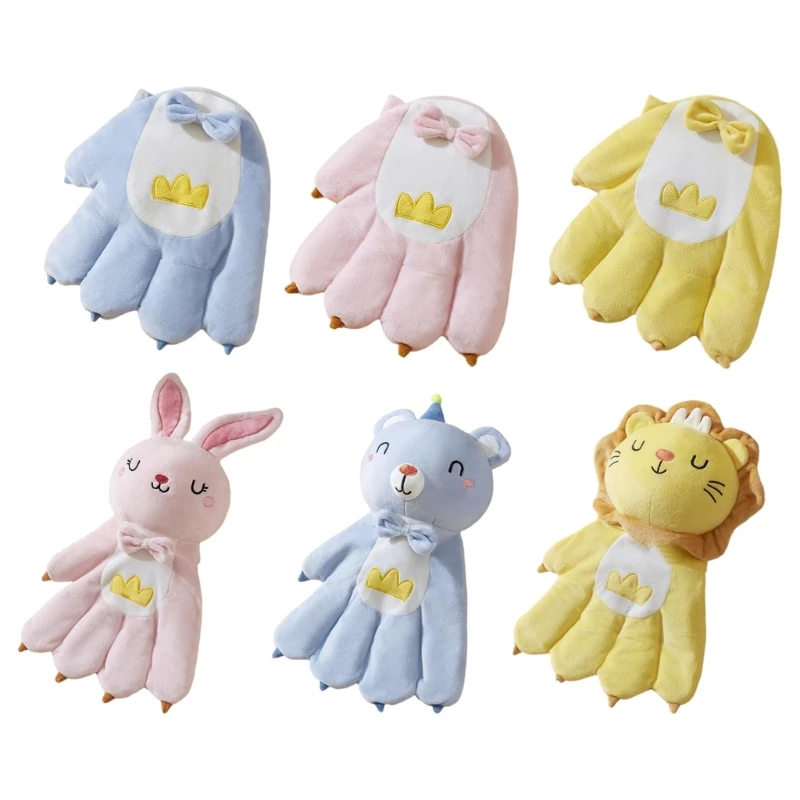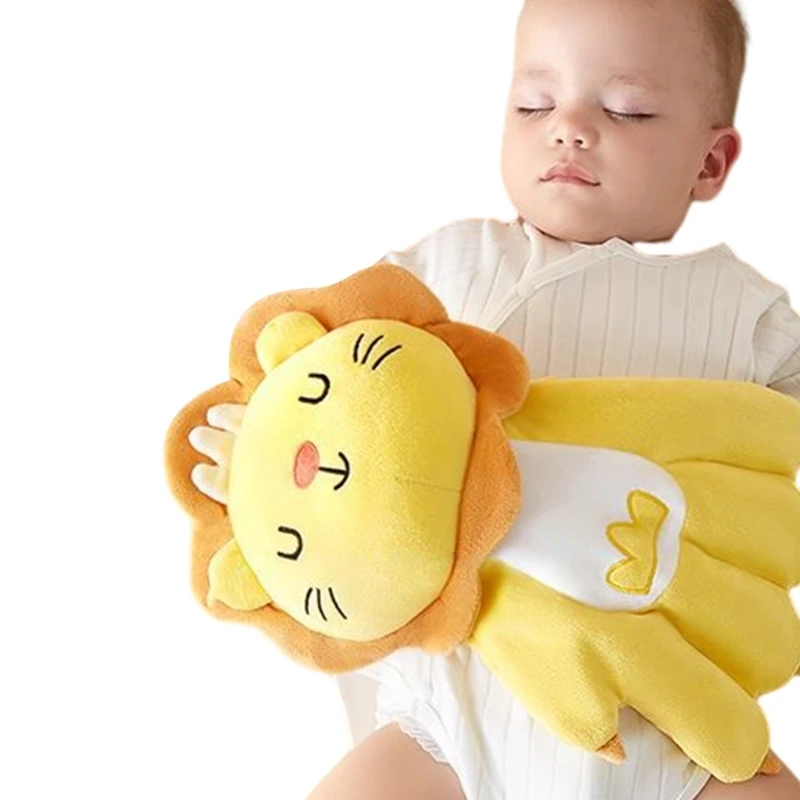I. Introduction of toddler pillow

Importance of toddler pillow
Sleep is essential for the healthy development and growth of toddlers. Adequate sleep helps improve their cognitive function, emotional well-being, and physical health. As parents, we strive to provide the best sleeping environment for our children.
One question that often arises is when should we introduce a pillow to our toddler’s sleep routine? In this article, we will explore the understanding of sleep milestones in toddlers, factors to consider before introducing a pillow, and signs that indicate your toddler is ready for one.
II. Understanding Sleep Milestones in Toddlers
A. Transition from crib to a toddler bed
The transition from a crib to a toddler bed is a significant milestone in a child’s sleep routine. It usually occurs between the ages of 18 months to 3 years. This transition not only marks their physical growth but also indicates their increasing independence.
When transitioning to a toddler bed, it is important to create a safe and comfortable sleep environment. This includes considering the appropriate bedding options such as blankets, sheets, and toddler pillow.
B. Developmental milestones for sleep adjustments
As toddlers grow, their sleep needs and patterns change. Understanding their developmental milestones can help in making adjustments to their sleep routine. For example, around the age of two, many toddlers start sleeping on their stomachs or in more varied positions. This increased movement may lead to the need for additional support, such as a pillow.
III. Factors to Consider Before Introducing a Pillow
A. Age and physical development
Age and physical development are important factors to consider before introducing a pillow to your toddler’s sleep routine. While there is no specific age requirement for a pillow, it is generally recommended to wait until the child is at least 18 months old. By this age, most toddlers have developed enough neck and head control to use a pillow safely.
B. Safety considerations
Safety should always be the primary concern when making decisions about your child’s sleep environment. It is essential to choose a pillow that is age-appropriate, firm, and free of allergens. Avoid using pillows with small parts or those that can pose a choking hazard.
C. Assessment of sleeping habits and comfort
Understanding your toddler’s sleeping habits and preferences is crucial in determining whether they are ready for a pillow. Observing their sleeping position, comfort level, and any signs of discomfort without additional support can provide insights into their readiness for a pillow.
IV. Signs That Your Toddler is Ready for a Pillow
A. Demonstrates proper head and neck control
One of the primary indicators that your toddler is ready for a pillow is their ability to demonstrate proper head and neck control. They should be able to hold their head upright without excessive wobbling or tilting. This stability ensures that the pillow provides adequate support without compromising their safety.
B. Expresses discomfort without support
If your toddler frequently wakes up during the night or expresses discomfort without additional support, it may be a sign that they are ready for a pillow. A pillow can help provide the necessary cushioning and comfort to improve their sleep quality.
C. Mimicking older siblings or parents
Toddlers often imitate their older siblings or parents. If they observe others using pillows during sleep, they may show an interest and start mimicking this behavior. This imitation can serve as a cue that they are ready for a pillow.
V. Selecting the Right Pillow for Your Toddler
When it comes to choosing a pillow for your toddler, there are several factors to consider. The size and thickness of the pillow, the materials it is made of, and the comfort and support it provides are all important considerations.
A. Choosing a suitable pillow size and thickness
When selecting a pillow for your toddler, it is crucial to choose the right size and thickness. The pillow should be small enough to properly support the child’s head and neck, but not too small that it becomes a choking hazard. It is generally recommended to opt for a pillow that is about the same width as the child’s shoulder and no more than 2-3 inches thick.
B. Opting for hypoallergenic materials
Children can have allergies or sensitivities to certain materials, so it is important to choose a pillow that is made from hypoallergenic materials. Hypoallergenic pillows are designed to minimize the risk of triggering allergies or asthma symptoms. Look for pillows that are made from natural or organic materials and are free from any potential allergens, such as dust mites or chemicals.
C. Prioritizing comfort and support
Comfort and support should be top priorities when selecting a pillow for your toddler. The pillow should be soft and comfortable to touch, providing a cozy surface to rest on. It should also offer adequate support to the child’s head and neck, helping to maintain proper alignment and reduce the risk of discomfort or pain.
VI. Ensuring a Safe Sleeping Environment with a Pillow

While a toddler pillow can enhance a toddler’s sleep experience, it is important to ensure a safe sleeping environment. This includes properly positioning the pillow, avoiding pillow-related hazards and suffocation risks, and regularly assessing and adjusting pillow usage.
A. Utilizing pillow positioning techniques
Positioning the pillow correctly is important to ensure your child’s safety and comfort while sleeping. Place the pillow under the child’s head and neck, making sure it is in the right position to provide support and maintain proper alignment. Avoid placing pillows near the child’s face or allowing them to lie on their stomach with their face buried in a pillow.
Pillows can pose hazards and suffocation risks if not used properly. It is essential to ensure that the pillow and pillowcase are in good condition, with no loose threads or buttons that could come loose and become choking hazards. Additionally, avoid using pillows with excessive stuffing or those made from materials that can restrict the child’s breathing.
C. Regularly assessing and adjusting pillow usage
As your child grows and develops, their pillow needs may change. It is important to regularly assess and adjust the pillow usage to ensure it continues to provide the necessary support and comfort. If your child is experiencing any discomfort or if you notice any changes in their sleep patterns, it may be time to re-evaluate the pillow and consider making adjustments or purchasing a new one.
VII. Additional Tips for Healthy Sleep Habits in Toddlers
In addition to selecting the right pillow, there are several other tips that can help promote healthy sleep habits in toddlers.
A. Establishing a consistent bedtime routine
A consistent bedtime routine can signal to your child that it is time to wind down and prepare for sleep. Establishing a routine can include activities such as a warm bath, reading a bedtime story, or listening to calming music. Consistency in the timing and sequence of these activities can help your child relax and transition to sleep more easily.
B. Creating a comfortable sleep environment
Creating a comfortable sleep environment can greatly enhance your child’s sleep quality. Ensure the bedroom is cool, dark, and quiet to promote a restful atmosphere. Consider using blackout curtains or a white noise machine to block out any distractions that may disrupt your child’s sleep.
C. Encouraging good sleep hygiene practices
Teaching your toddler good sleep hygiene practices from an early age can establish healthy habits that will benefit them throughout their lives. This can include avoiding stimulating activities close to bedtime, limiting screen time, and ensuring regular physical activity during the day to help promote better sleep at night.
In conclusion, selecting the right pillow for your toddler is crucial for their comfort and safety during sleep. By considering factors such as size, materials, comfort, and support, you can ensure that your child has an optimal sleep environment. Additionally, by practicing safe pillow usage, creating a comfortable sleep environment, and encouraging good sleep habits, you can further promote healthy sleep in your toddler.




